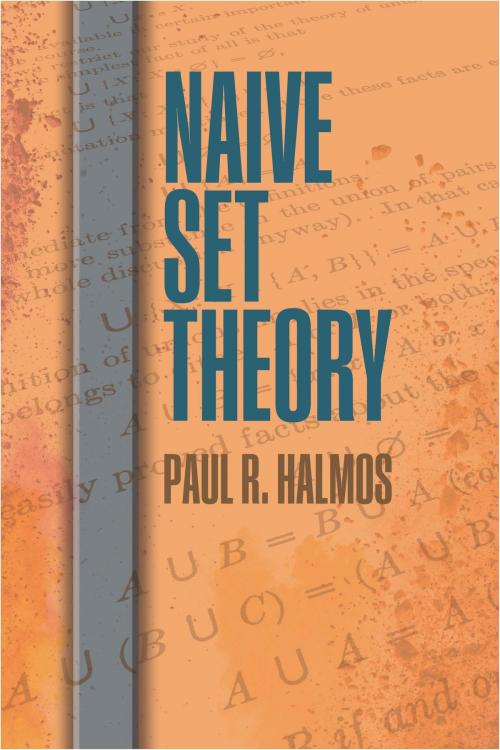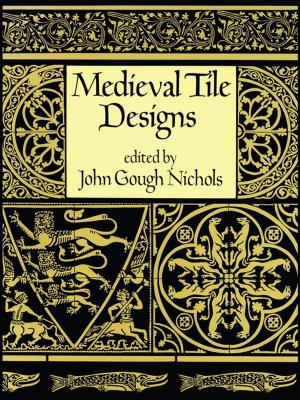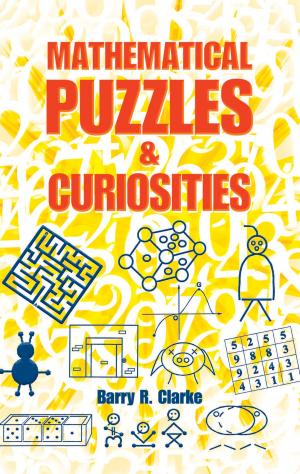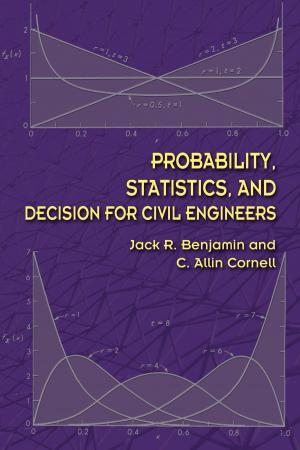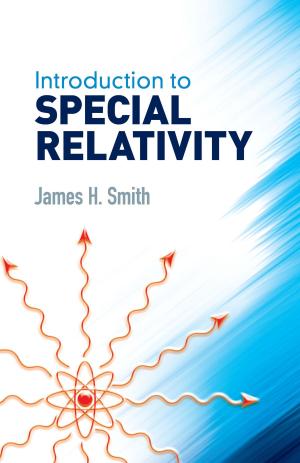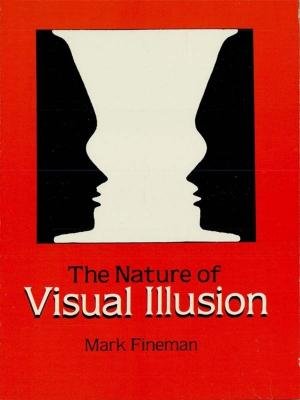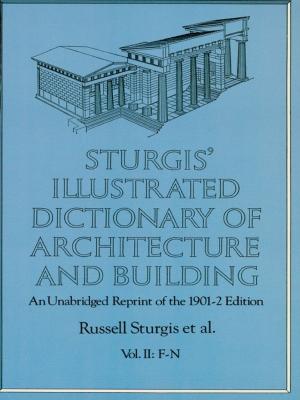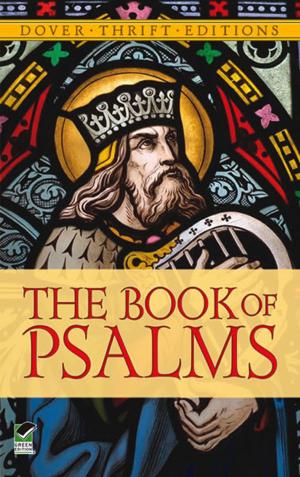| Author: | Paul R. Halmos | ISBN: | 9780486821153 |
| Publisher: | Dover Publications | Publication: | April 19, 2017 |
| Imprint: | Dover Publications | Language: | English |
| Author: | Paul R. Halmos |
| ISBN: | 9780486821153 |
| Publisher: | Dover Publications |
| Publication: | April 19, 2017 |
| Imprint: | Dover Publications |
| Language: | English |
This classic by one of the twentieth century's most prominent mathematicians offers a concise introduction to set theory. Suitable for advanced undergraduates and graduate students in mathematics, it employs the language and notation of informal mathematics. There are very few displayed theorems; most of the facts are stated in simple terms, followed by a sketch of the proof. Only a few exercises are designated as such since the book itself is an ongoing series of exercises with hints. The treatment covers the basic concepts of set theory, cardinal numbers, transfinite methods, and a good deal more in 25 brief chapters.
"This book is a very specialized but broadly useful introduction to set theory. It is aimed at 'the beginning student of advanced mathematics' … who wants to understand the set-theoretic underpinnings of the mathematics he already knows or will learn soon. It is also useful to the professional mathematician who knew these underpinnings at one time but has now forgotten exactly how they go. … A good reference for how set theory is used in other parts of mathematics." — Allen Stenger, The Mathematical Association of America, September 2011.
This classic by one of the twentieth century's most prominent mathematicians offers a concise introduction to set theory. Suitable for advanced undergraduates and graduate students in mathematics, it employs the language and notation of informal mathematics. There are very few displayed theorems; most of the facts are stated in simple terms, followed by a sketch of the proof. Only a few exercises are designated as such since the book itself is an ongoing series of exercises with hints. The treatment covers the basic concepts of set theory, cardinal numbers, transfinite methods, and a good deal more in 25 brief chapters.
"This book is a very specialized but broadly useful introduction to set theory. It is aimed at 'the beginning student of advanced mathematics' … who wants to understand the set-theoretic underpinnings of the mathematics he already knows or will learn soon. It is also useful to the professional mathematician who knew these underpinnings at one time but has now forgotten exactly how they go. … A good reference for how set theory is used in other parts of mathematics." — Allen Stenger, The Mathematical Association of America, September 2011.
